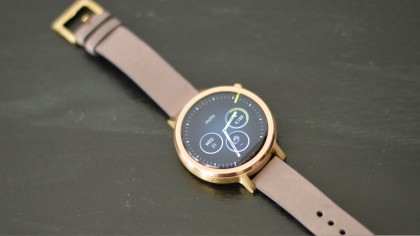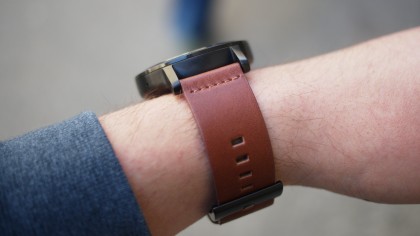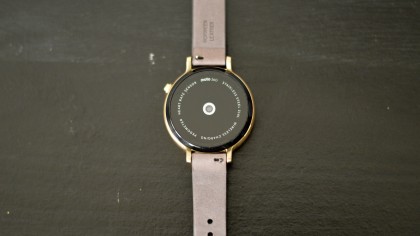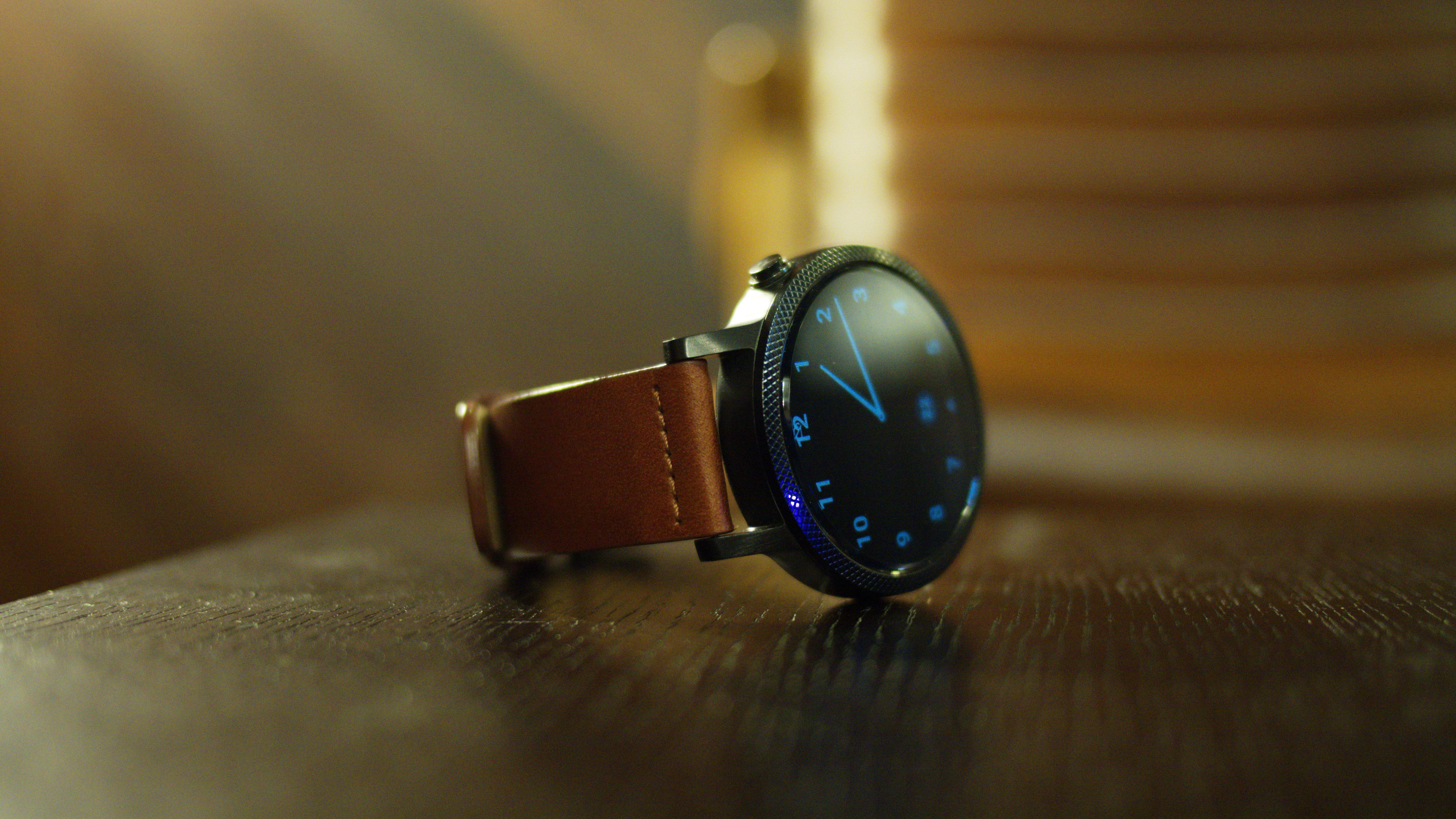Why you can trust TechRadar
The first Moto was a bit slow and had some performance issues, but the newer Moto 360 has, again, surpassed it. The biggest change comes with the processor. It's now a Qualcomm Snapdragon 400 chip with 1.2GHz quad-core CPU and an Adreno 305 450MHz GPU.
These improvements make for a faster and responsive Moto 360, but it comes with the same 512MB of RAM, 4GB of internal storage and a IP67 waterproof rating, which allows for one meter submergence for 30 minutes. Just to be safe, I'd never recommend bringing it in the water, though light splashes should be fine.
The operating system is Android Wear, obviously, and runs Android 5.1.1 Lollipop out of the box, though it can be updated to the recently released Android 6.0 Marshmallow.

If this is your first Android Wear smartwatch, welcome, first of all. The user interface works with notification and information cards that pop up vertically from the bottom of the screen. You can flick through the available cards, and swiping from left to right will remove a card from the list, similar to using Android on your phone.
On the flip side, moving your finger in the opposite direction will take you to more options. With the new gestures found in the recent Android Wear update, you can flick, raise and drop your wrist to navigate the watch's menus without having to lift a finger.
Swiping left from the home watch face's edge will take you to the apps drawer. Your most recent app will be at the top of the scrolling list. Swiping left again brings you to a contacts page from which you can send and read messages. Another swipe in that direction takes you to Google-specific commands, like taking notes or vocalizing reminders and setting alarms. You can also draw out emojis to save or send out via text or email.

There's also Wi-Fi connectivity from the get-go, emoji messages, calls from the watch. Though, unlike Apple Watch, which can accept calls right on the watch, Moto 360 directs calls made and received to your phone.
During our initial testing, we didn't have many issues with the new Moto, however one watchface did crash it briefly. It wasn't a stock face, but one from the Google Play store, which leads us to believe it might have just been buggy. Nonetheless, the smartwatch still crashed, leaving me stare at the screen while it fixed itself. Thankfully, it wasn't long (about a minute) before the device resumed its normal watch activity.
In our recent experience, we loaded the Moto 360 with over 20 watchfaces, none of which crashed.
Apps and fitness
There aren't many specialized Moto apps running on the watch. In general, Android Wear is a similar experience, no matter the watch's maker. In the case of the new Moto 360, the options are the same as what we saw the first time around.
The fitness portion of the Moto 360 is slightly improved, with the Moto Body app that was released in September, though Google Fit is still on hand to use as a backup, or as a primary app.

Moto Body is basically the brand's attempt at the now de rigeur activity tracking throughout the day – so you'll get the usual motion, step and heart rate tracking information recorded.
Similar to Apple Watch's Activity tracker, Moto Body notifies you of your fitness progress throughout the day, telling you how close (or far) you are to your set goals. You can view and adjust each on the watch or the dedicated Moto Body app on your Android phone. (The app is not yet available on iPhone.)

Moto Body charts out your metrics in an easy-to-read presentation, tracking daily and weekly activity while also monitoring your step and heart rate trends. The built-in heart rate monitor is currently a rare feature on an Android Wear smartwatch, so it's a plus for those looking for more bang for your buck.
The app is improved as a fitness feature, but still isn't as comprehensive as say, a fitness tracker. Even so, it sticks out amongst its Android Wear competitors as a more versatile option. If you're more of an active individual, the Moto 360 Sport might be of keen interest to you.
With that, you'll get a sweat-proof silicon frame that comes with built-in GPS and additional battery life on top of the hardware already found in the more office-friendly Moto 360 – not to mention in a variety of bold color options.
Current page: Specs, performance and apps
Prev Page Design and comfort Next Page Competitors, compatibility and battery lifeCameron is a writer at The Verge, focused on reviews, deals coverage, and news. He wrote for magazines and websites such as The Verge, TechRadar, Practical Photoshop, Polygon, Eater and Al Bawaba.

